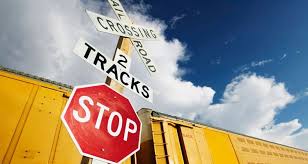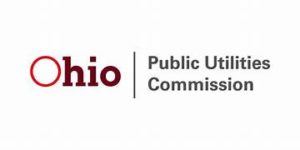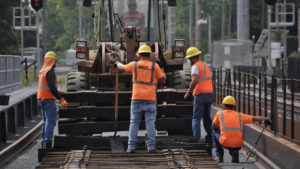Virginia Will Improve I-95 Rail Corridor Grade Crossings With Four-Quad Gates
Written by Jennifer McLawhorn, Managing Editor
RICHMOND, Va. – The federal funding received last month will allow Virginia to improve four grade crossings with ‘four-quad gates’.
The Virginia Mercury has reported on more details surrounding the federal funding Virginia received under the Bipartisan Infrastructure Law. Representative Abigail Spanberger announced the acquisition of federal grants, totaling $3.2 million, will fund the improvement of four rural grade crossings from Richmond, Virginia to D.C. along the rail corridor. Last month, RT&S reported on the grants awarded to the Commonwealth of Virginia for these four crossings. Each of these crossings in Stafford, Spotsylvania, and Hanover counties will see the construction of four-quad gates.
To circumvent the impatient drivers who drive around lowered crossing gates to get in front of an oncoming train, there is what is called “four-quad gates” which are two sets of gates on either side of the track, therefore preventing drivers from driving around the gates at least without causing damage to their own vehicle. According to the Virginia Mercury, this “presence of the quad gates means passing trains will no longer be required to blast their horns when approaching the intersections.”
Rep. Spanberger asserted the importance of these improvements and that it “is an example of one of those areas where there is a need on the ground in Virginia we haven’t been able to meet in the past, where now the state and the localities that I represent will have the ability to protect people’s lives, to make our transportation system safer and to do it with grant dollars that were put forward in the federal infrastructure law for this exact purpose.”
Virginia is currently one of the states with the lowest rates of train-car collision fatalities with “just 12 deaths . . . since 2010.” In keeping this statistic low, Jennifer DeBruhl, the Department of Rail and Public Transportation’s director commented on the efforts to increase freight and passenger traffic and the subsequent work in keeping Virginians safe. She maintained that Virginia’s grant “is not insignificant, because the highway-rail crossing inventory is a dataset that most state departments of transportation are already working off of.”
Once the Bipartisan Infastructure Law was passed two years ago, the Virginia Department of Transportation worked with DRPT officials to “analyze crash history, geometrics, and proximity to priority corridors identified in the Transforming Rail in Virginia plans.” What they found had updated the Virginia Grade Crossing State Acton Plan in a way that “positioned the commonwealth to sweep the first round of RCE funding.” Because DeBruhl knew of the importance of the rural, she and her team “submitted the package of four crossings along the planned DC2RVA high speed rail corridor.”
Rep. Spanberger underscored the need to improve the four at-grade crossings and how the funding “is part and parcel of making the I-95 rail corridor more reliable and more straightforward, so the benefit is certainly to people who are passengers on those trains or who might be enticed to be passengers.”




